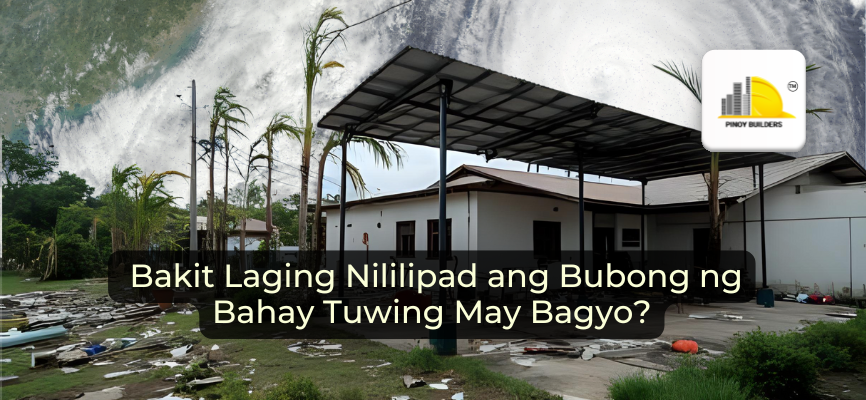Walk through almost any barangay in the Philippines and you’ll see familiar roof shapes: sloped galvanized sheets, gable-style peaks, or even flat concrete slabs. These designs are everywhere because they’re affordable, simple to build, and have served Filipino families for generations.
But despite their popularity, these roofs often don’t hold up when the weather gets extreme. The issue isn’t always the design itself. It’s usually a mix of poor construction, weak anchoring, and a lack of adaptation to each home’s specific location and exposure to wind.
In this article, we’ll break down the weak points in common roofing designs and explain why some houses lose their roofs while others don’t. You’ll also learn what to check, fix, or upgrade to keep your home safer when the next storm rolls in.
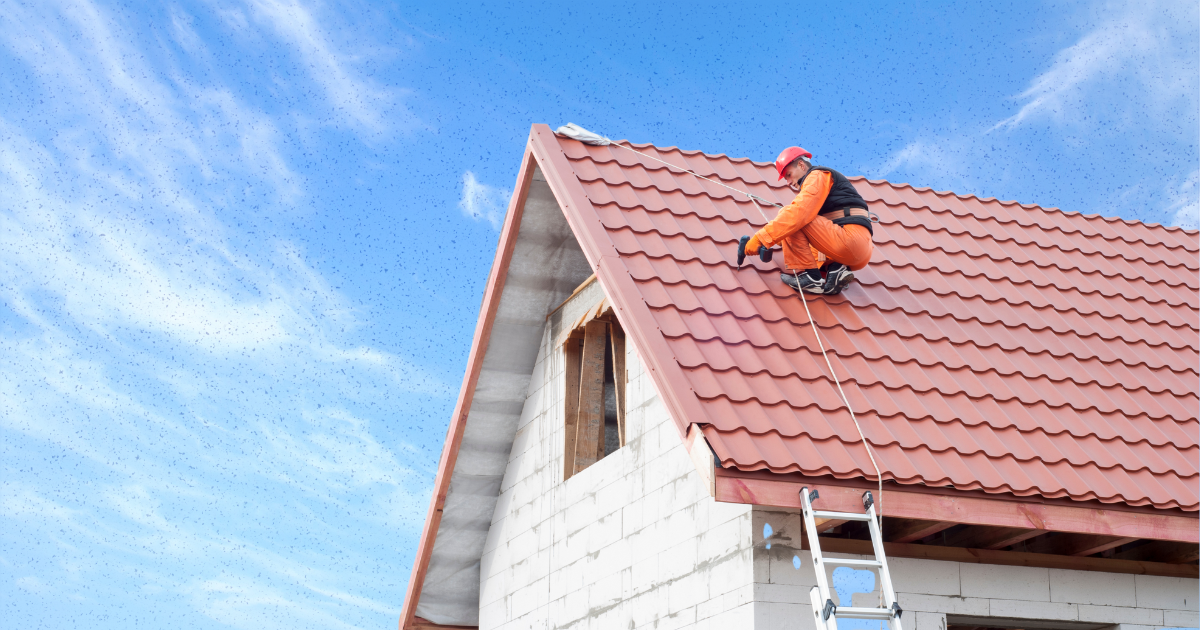
Common Roof Designs in the Philippines
Roofing styles in the country vary, but they often share similar features suited to the local climate. Each design has its strengths and weaknesses when facing heavy rain and strong winds. Understanding these common types helps in identifying why some roofs fail during typhoons.
Gable Roof
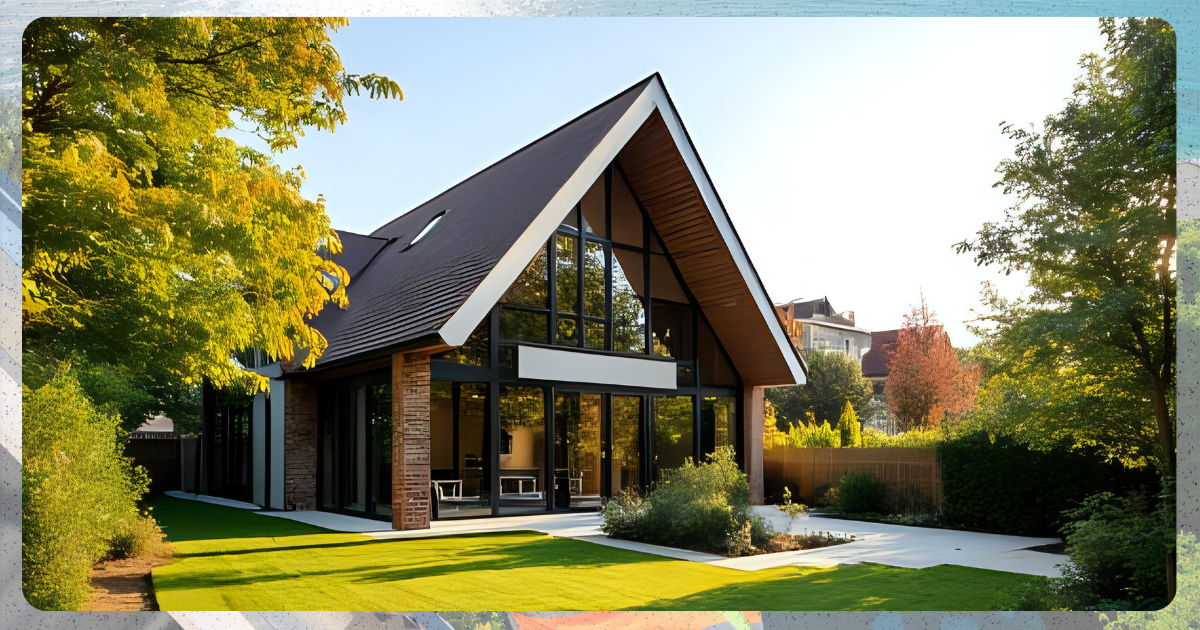
This design features two sloped sides forming a triangle. It allows for easy water runoff and is very popular in both rural and urban areas. The downside is its vulnerability to strong winds, especially at the gable ends where uplift forces act most strongly.
Pyramid Roof (Hip Roof)

Image from Slade Architecture
The pyramid roof, which is a four-sided sloping roof that converges at a single point, offers greater stability against wind. It is common in larger, more upscale homes but comes with higher material and construction costs due to its complexity and weight.
Flat Roof

Mostly found in urban settings, flat roofs have minimal slope. While they save space and can serve as terraces, drainage is a problem. Flat roofs struggle with heavy rainfall and strong winds that can cause water pooling or structural strain.
Mono-Pitched Roof
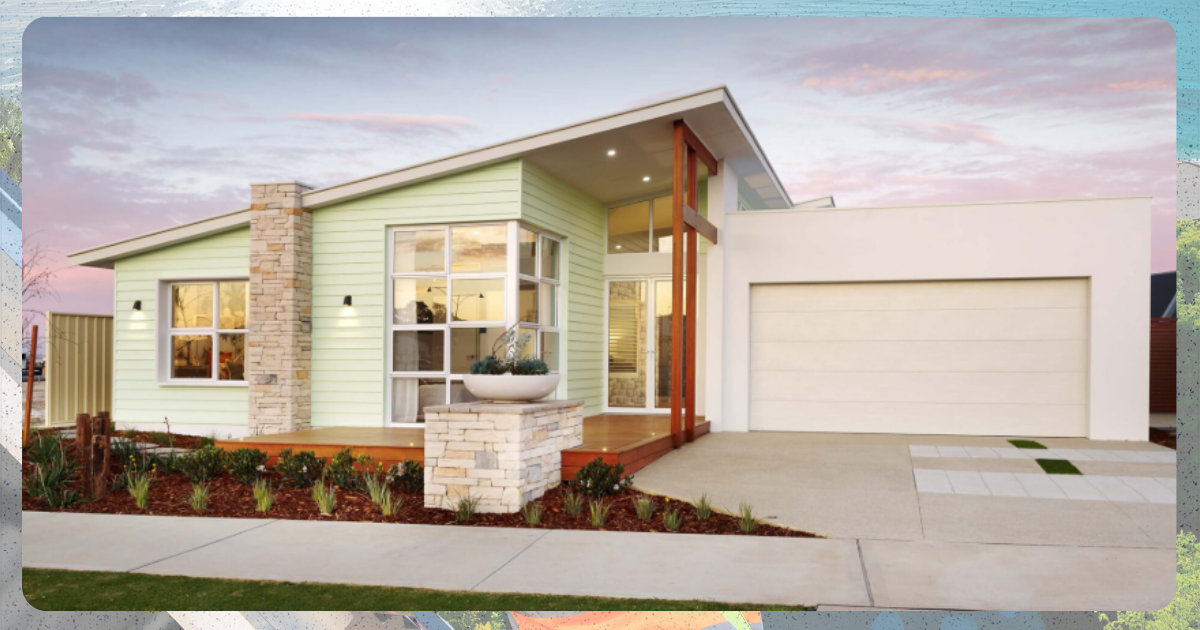
Image from WA Country Builders
With only one slope, this roof type is simple to build and ideal for sheds or extensions. It can become a wind trap if not angled correctly, allowing gusts to lift the roof during typhoons.
Why Some Roofs Fail During Typhoons
With many different types of designs, it is essential to understand that not all of them perform equally under extreme weather conditions, especially when different materials are used. When roofs fail, improper installation is one of the most common culprits. When we skimp on materials or tools or even skip processes, the higher the risk of roofs getting torn off the walls in the midst of a strong typhoon.
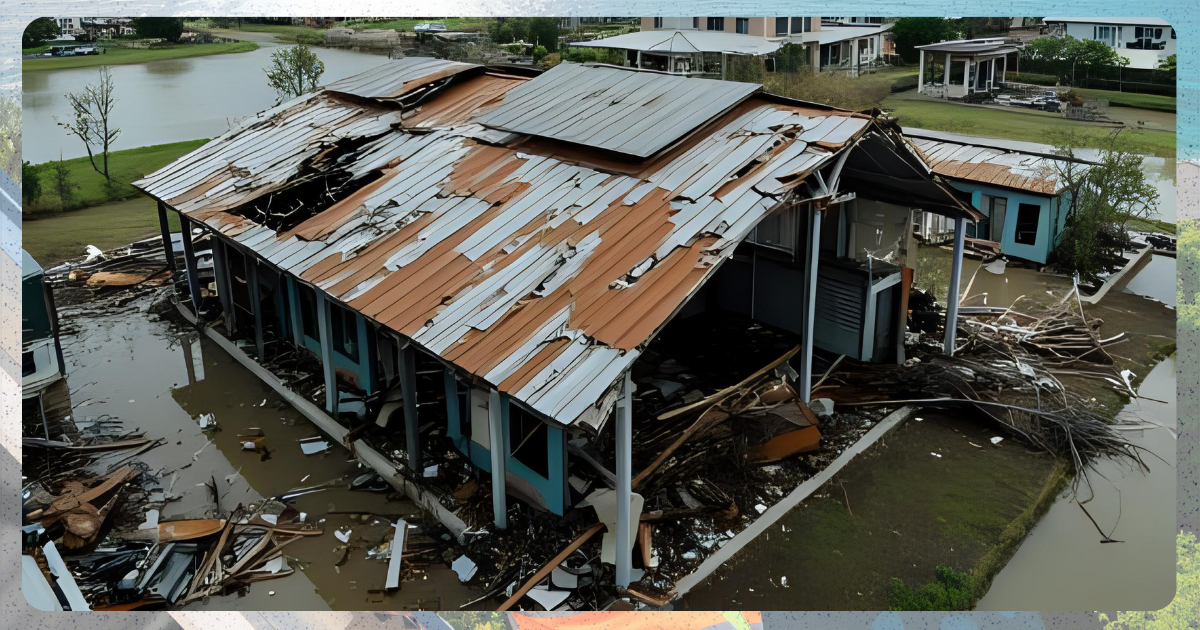
Let’s take a look at the most common reason why some roofs fail the challenge of protecting a home during a typhoon.
1. Inadequate Roof Anchorage and Connections
Many informal or low-cost housing projects skip proper anchoring steps. Using nails instead of bolts or leaving fasteners loose creates weak joints. Without secure attachments, roofs easily lift off when winds pick up.
2. Vulnerable Design and Material Choices
Lightweight materials such as galvanized iron (GI) sheets are common but can tear or bend under strong winds. Poor design, like positioning gable ends directly facing prevailing winds, increases the risk of roof panels peeling away.
3. Lack of Proper Maintenance and Preparation
Neglecting to check roofs before typhoon season causes problems. Rusted nails, missing screws, and clogged gutters all contribute to roof instability. Small issues become major failures when storms hit.
4. Informal Housing and Non-Compliance with Building Codes
Many informal homes do not follow engineering standards or building codes. Unstable roofs risk flying debris that endangers neighbors and damages nearby properties. Inside, water leaks cause rust and weaken the structure over time, leading to higher repair costs.
Importance of Following the National Building Code
Adhering to the National Building Code of the Philippines is essential for ensuring that local structures meet safety and quality standards. The code outlines specific requirements for structural design that protect occupants and property.
In addition, the National Structural Code of the Philippines (NSCP) includes detailed provisions focused on wind resistance, which is crucial in a country frequently hit by typhoons. Following these standards reduces risks and helps keep homes safer in extreme weather.
Read more about the national building standards to improve typhoon-resistance in the Philippines here: Are We Building Strong Enough?: How Buildings in the Philippines Can Brace for Strong Typhoons
Securing Roofs For a Safer Home
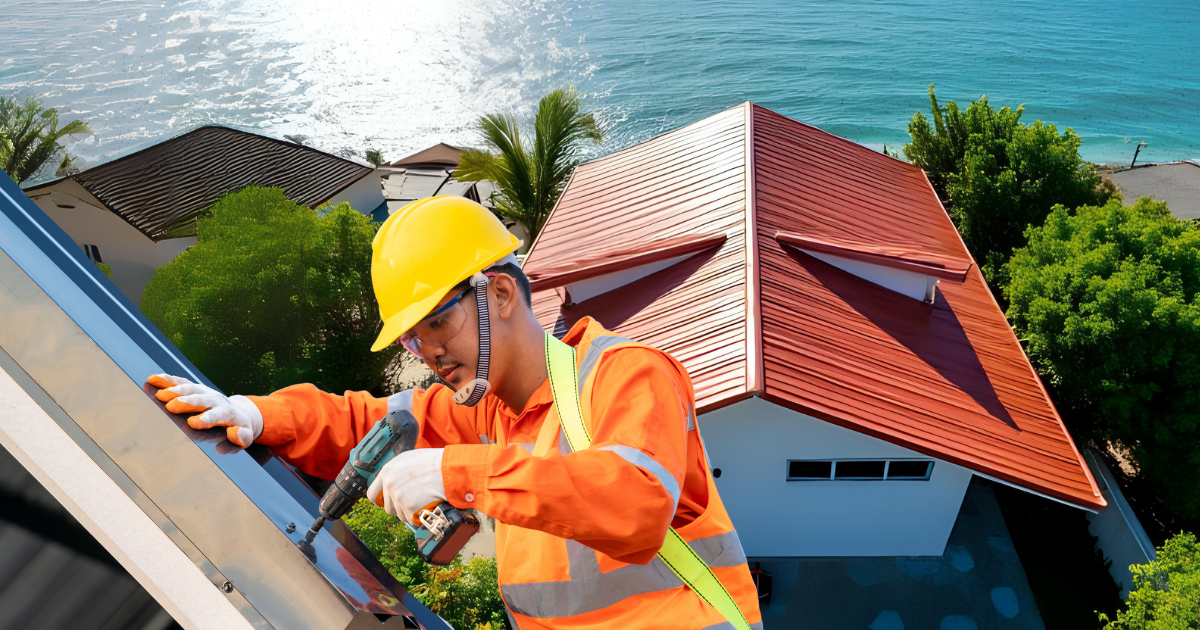
Typhoon-proofing starts with choosing the right design, materials, and maintenance routines. Ensuring roofs meet building codes and are securely fastened prevents many failures. Whether working on a DIY project or hiring professionals, regular roof inspections and reinforcements are essential.
A well-installed and maintained roof offers more than protection during storms. It lasts longer, reduces repair expenses, and keeps families safe. Taking these steps turns a common roofing design into a reliable shelter against the harsh Philippine weather.
References
Bill Ragan Roofing Company. (n.d.). The 4 Most Common Causes of Premature Roof Failure. Bill Ragan Roofing Company. https://www.billraganroofing.com/blog/most-common-causes-premature-roof-failure
Lamudi. (2022, November 28). Different Roof Designs for Philippine Houses. Lamudi. Retrieved June 4, 2025, from https://www.lamudi.com.ph/journal/roof-designs-philippine-houses/
Union Galvanized Steel. (n.d.). Most Common Roof Types in the Philippines. Union Galvanized Steel. https://www.ugc.ph/blog/common-roof-types-in-the-philippines/


